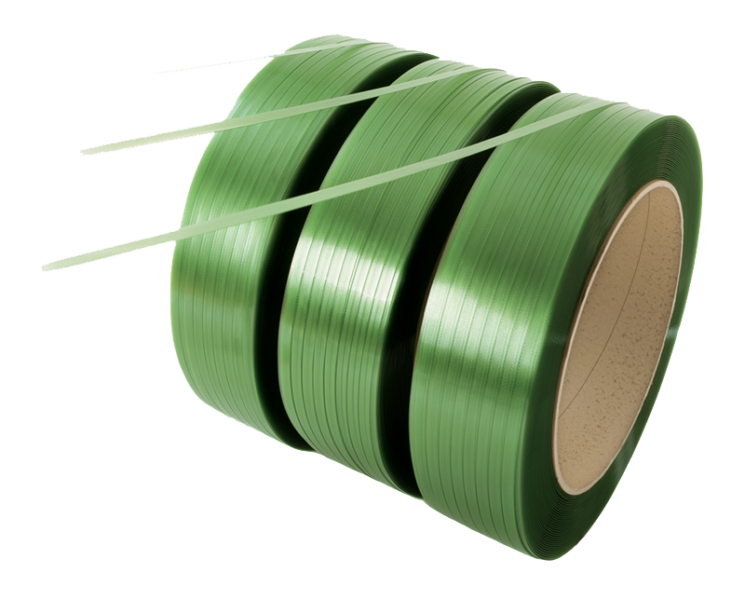What is Strapping Packing Supplies
The materials and tools used to secure and bundle objects together for shipping, storage, or handling purposes are referred to as strapping packing supplies in the packaging industry. A strong and adaptable component of packaging is strapping, which is frequently constructed of materials like steel or plastic. It is applied using strapping equipment or tools to seal off shipments, crates, or pallets, making them resistant to moving or damage while in transit. In sectors including transportation, shipping, manufacturing, and warehousing, where securing loads and guaranteeing the integrity of packaged goods are crucial, strapping packaging solutions are frequently utilised. These materials include strapping machines, strapping equipment, and strapping materials. Each of these items is essential for reliable and effective packaging processes.
- Strength and Durability- The excellent strength and endurance of strapping materials ensures that packaged products stay safe and intact even in difficult circumstances.
- Versatility- Because they are adaptable and can be used with a variety of products, from little packets to large industrial items, strapping supplies are appropriate for usage across a number of industries and applications.
- Tamperb Evident Security- To ensure the integrity of the packaged objects and lower the danger of theft or tampering during transit, strapping materials frequently include seals or buckles that provide tamper-evident security.
- Ease of Application- Strapping machines that offer effective and reliable tensioning, sealing, and cutting, speeding the bundling process and minimising manual labour, are compatible with the strapping materials.
- Environmental Considerations- Some strapping materials are made to be environmentally friendly, allowing alternatives for recycling or biodegradability to support sustainability objectives in the packaging sector.
- Load Characteristics- Be sure to consider the nature, size, and weight of the things you are bundling. Think about the load stability and whether or not you need to attach the objects with heavy-duty or lightweight strapping.
- Strapping Material- Depending on the load weight, climatic circumstances (such as exposure to moisture or UV light), and compatibility with your strapping equipment, choose the right strapping material (such as steel, plastic, or polyester).
- Strapping Tools and Equipment- Make sure your strapping tools and equipment are compatible with the strapping materials you choose. Verify that the breadth and thickness of the strapping material you wish to use can be handled by your equipment.
- Application Method- Determine which type of strapping is better for your packaging operations: manual strapping or automated strapping machines. Think about the quantity of bundles you need to secure and the amount of efficiency you want.
- Regulatory and Environmental Compliance- Regulations or environmental factors may apply to the selection of strapping material, depending on your industry and area. Make sure that your choice complies with all applicable compliance standards and sustainability objectives.

